NFT's - Non-Fungible Token
NFT’s are digital stuff. You can say it so flippantly. With an NFT, the makers transform virtual goods into unique and forgery-proof collector’s items via the Ethereum blockchain – a digital certificate of authenticity, so to speak.
What are NFT
The abbreviation NFT stands for Non-Fungible Token, translated: non-exchangeable token. This is a digitally protected object that cannot be replaced and is therefore unique. For example, you could copy an image on your PC as often as you like. With NFT’s, for example, this image is transformed into a unique and forgery-proof collector’s item via the Ethereum blockchain – a digital certificate of authenticity, so to speak.
This gives this picture a value that randomly duplicated or copied pictures cannot have. Incidentally, NFTs are not just limited to images. Non-fungible tokens are particularly widespread in the art world – be it to protect simple videos and images or complex digital works. In principle, however, any virtual good can be connected or protected with a token.
Explore Collections
You have to try the impossible to achieve the possible. First do what is necessary, then what is possible, and suddenly you are doing the impossible. When you’ve ruled out the impossible, what’s left is the truth, however unlikely.
dandelion (1080 px square)
Dandelion (Taraxacum) is a genus of flowering plants within the daisy family (Asteraceae). Its best-known species is the common dandelion, which is also very common in Central Europe, the „dandelions“, „buttercups“ or „cowflowers“. The genus Taraxacum is not to be confused with the Leontodon genus within the same family, which usually has the same name in German and is very similar.
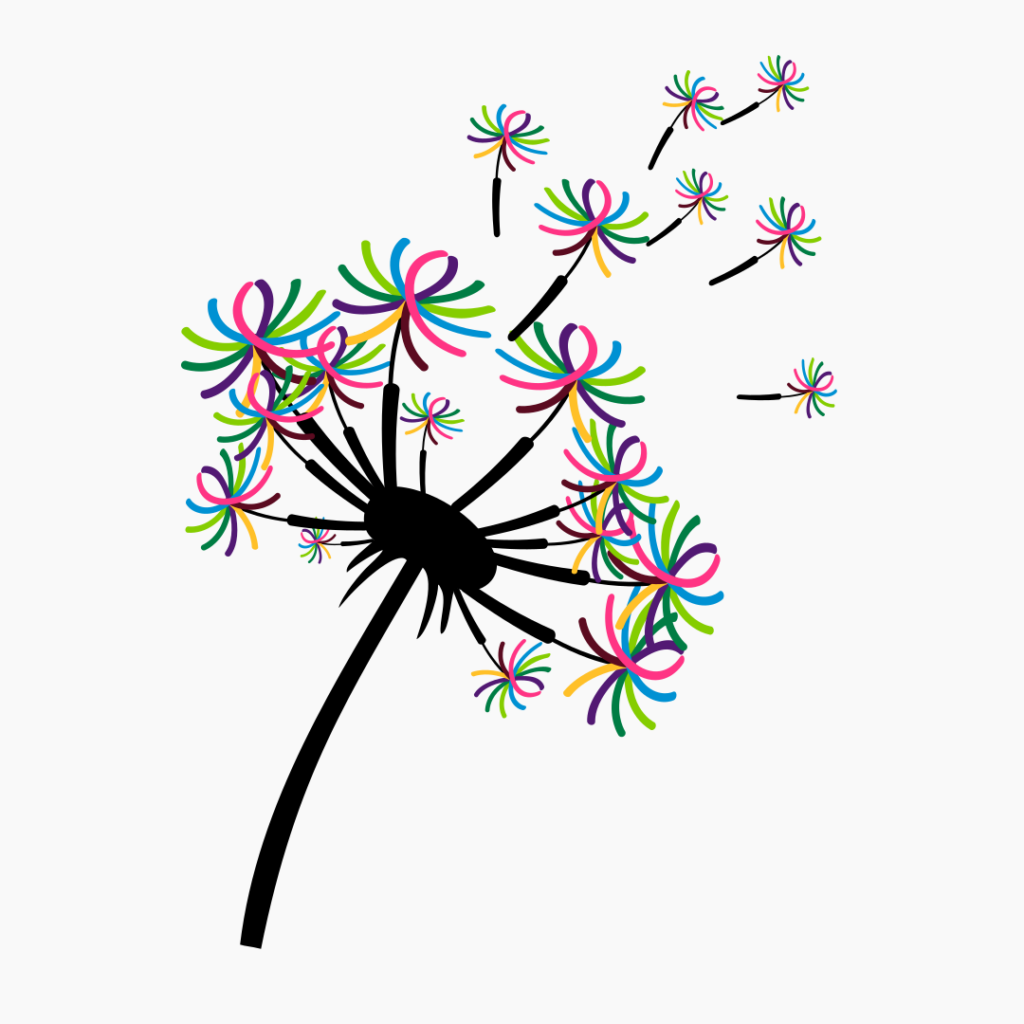
dandelion d# 003
dandelion Dandelion (Taraxacum) is a genus of flowering plants within the daisy family (Asteraceae). Its best-known species is the common dandelion, which is also very

dandelion d# 002
dandelion Dandelion (Taraxacum) is a genus of flowering plants within the daisy family (Asteraceae). Its best-known species is the common dandelion, which is also very

dandelion d# 001
dandelion Dandelion (Taraxacum) is a genus of flowering plants within the daisy family (Asteraceae). Its best-known species is the common dandelion, which is also very
French Bulldog (1080 px square)
The French Bulldog, French: Bouledogue Français, is a French breed of companion dog or toy dog. It appeared in Paris in the mid-nineteenth century, apparently the result of cross-breeding of Toy Bulldogs imported from England and local Parisian ratters. It is a stocky, compact dog with a friendly, mild-mannered temperament.

paw fb# 002
The hands or feet in animals, in particular the ends of the extremities in land-living mammals, which are split into toes, are referred to as paws. The term is also used pejoratively for the human hand or foot.

emmi fb# 001
Our female dog emmi
<3 <3 <3 <3 <3 <3 <3 <3 <3
Fruits and Vegetables (1080 px square)
Botanically, fruits and vegetables are classified depending on which part of the plant they come from. A fruit develops from the flower of a plant, while the other parts of the plant are categorized as vegetables. Fruits contain seeds, while vegetables can consist of roots, stems and leaves.
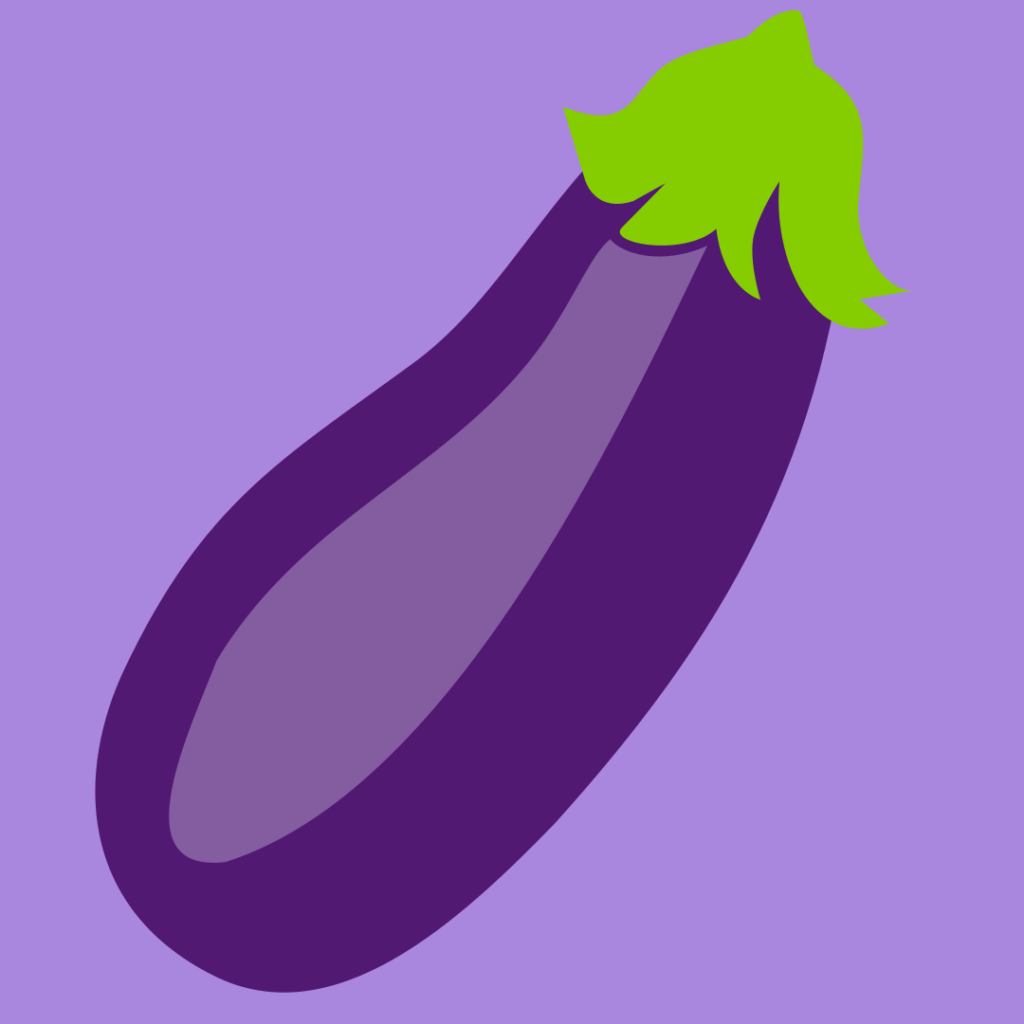
aubergine fav# 006
The aubergine (Solanum melongena), or eggplant, is a subtropical species of plant native to Asia that belongs to the genus nightshade (Solanum) within the nightshade family (Solanaceae). The fruit is also known as Melanzani (correct Italian: Melanzana).
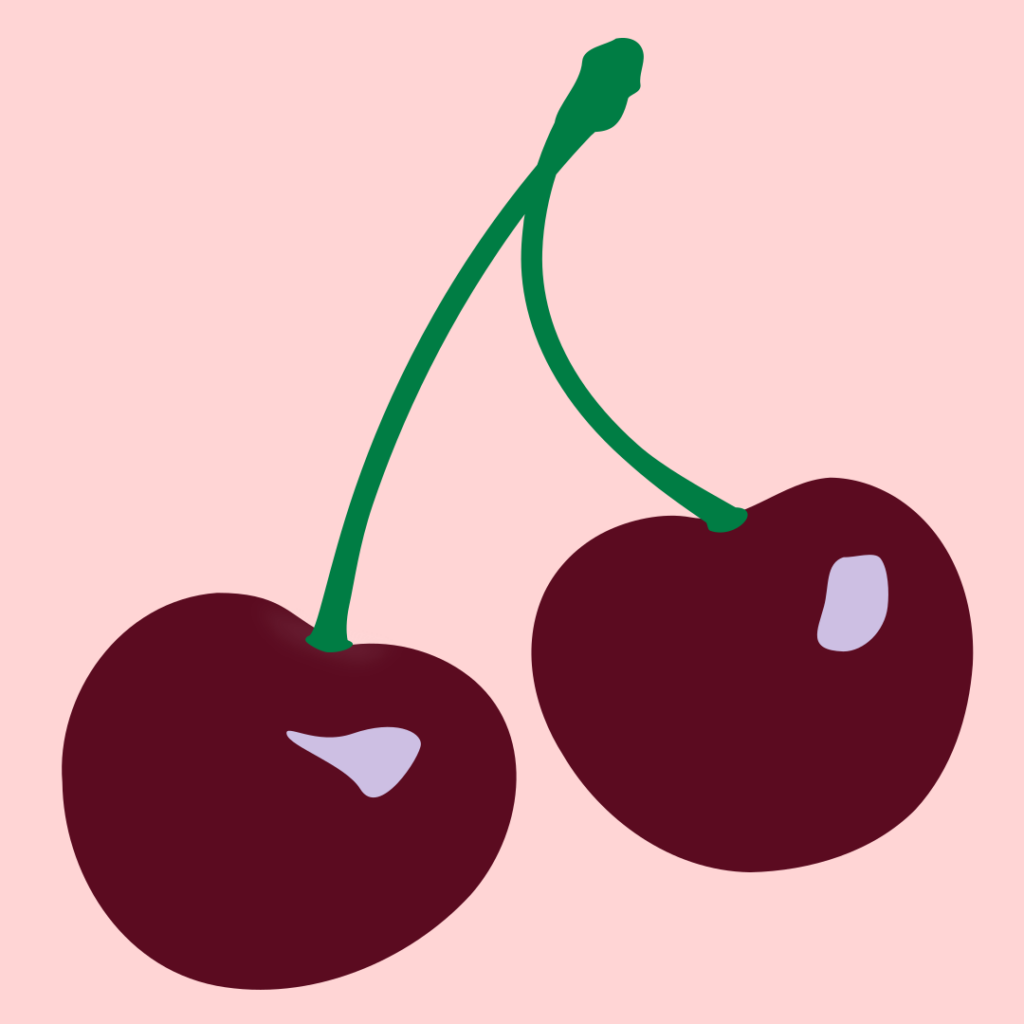
cherry fav# 005
A cherry is the fruit of many plants in the genus Prunus and is a fleshy drupe. Commercial cherries are obtained from cultivars of different species such as the sweet Prunus avium and the sour Prunus cerasus.

chili fav# 004
Chili peppers, from Nahuatl chīlli, are varieties of the berry fruit of plants of the genus Capsicum, which are members of the nightshade family Solanaceae and are cultivated for their heat. Chili peppers are used in many cuisines as a spice to add „spiciness“ to dishes.
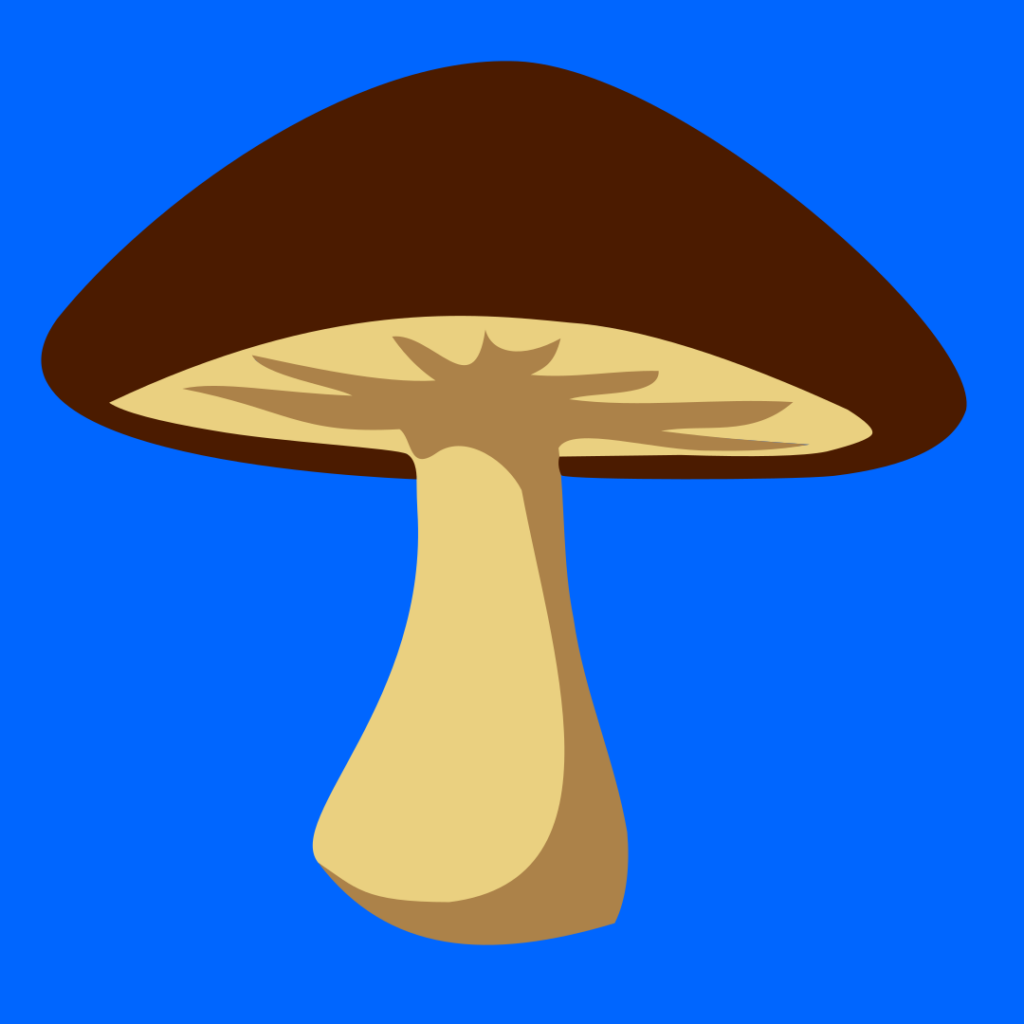
mushroom fav# 003
Fruiting bodies are the reproductive organs of multicellular fungi. They correspond to what is commonly referred to as a „fungus“. Biologists understand a fungus to be the entire organism, including the parts that are usually hidden in the substrate or soil and are referred to as mycelium.
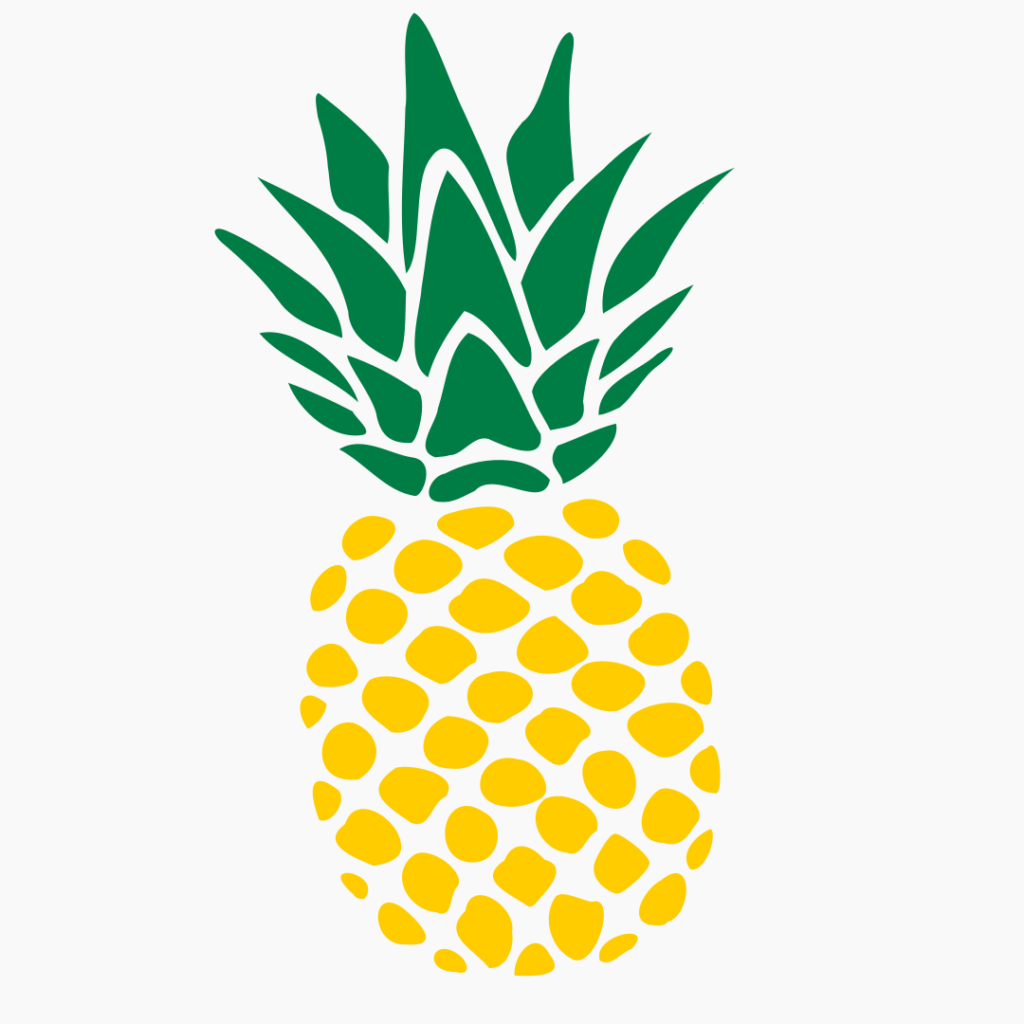
pineapple fav# 002
The pineapple is a species of plant in the bromeliad family. It is originally native to America and is now grown as a fruit plant in tropical regions worldwide. It forms fleshy pods that can be eaten fresh or made into preserves and juice.
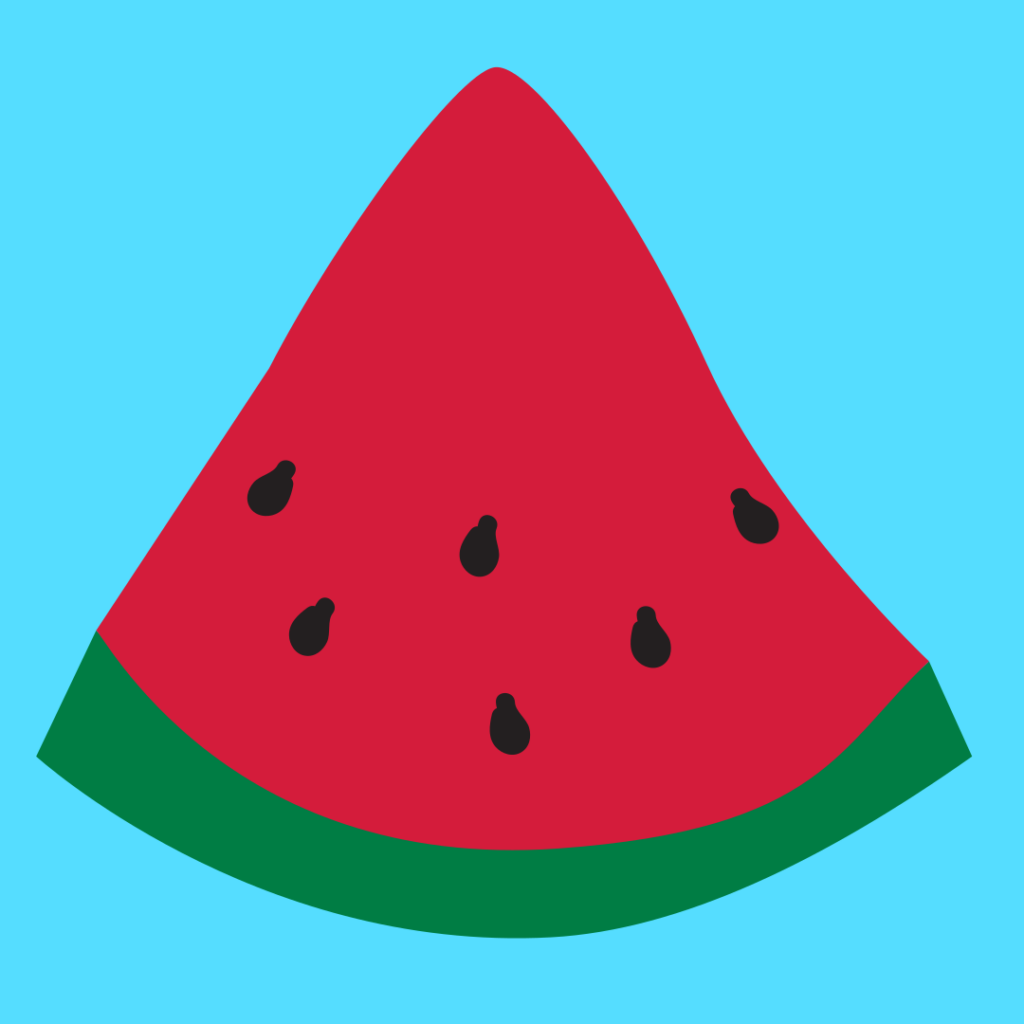
watermelone fav# 001
The watermelon, also known as anguria, arbuse, pasteke and citrus cucumber, is a crop native to Africa that is now grown in warm regions around the world. The wild form is also called Tsamma melon. There are currently over 1200 varieties in use worldwide.
„ The ones who are crazy enough to think that they can change the world, are the ones who do. “
Steve Jobs